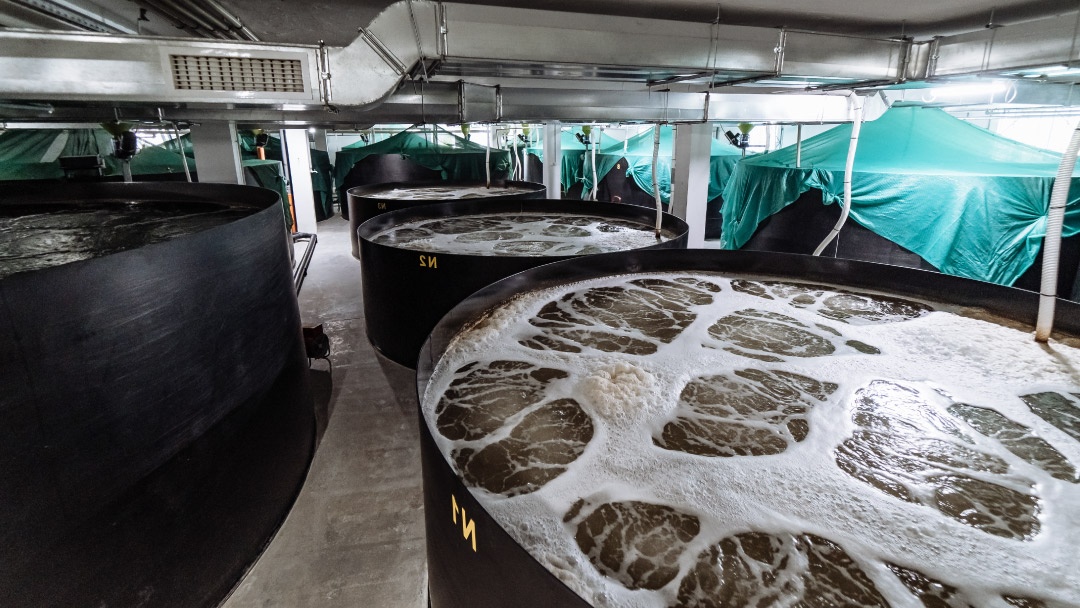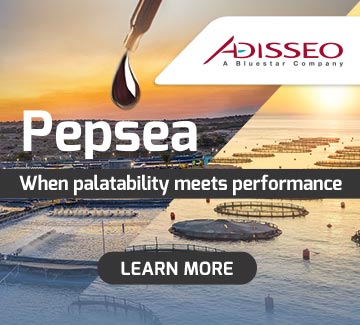
Environmental parameters such as light, temperature, water quality, sound and disinfection, when managed in a specie-specific way, are key to achieving higher productivity, better animal welfare and greater sustainability in recirculating aquaculture systems (RAS).
This is the main conclusion of a review published in Aquaculture Reports, which warns that these factors are often studied in isolation, without considering how they interact and influence each other. “Existing studies often focus on single environmental factors… but lack systematic on the comprehensive action mechanism of multiple factors,” the paper states.
The authors argue that optimal regulation must consider both the species being cultured and their life stage. For example, light spectrum and photoperiod can influence feeding rhythms, growth rates and even reproductive cycles-with photoperiod manipulation already used successfully in salmonids to control maturation.
Temperature is another crucial variable, affecting metabolism, immune response and growth speed. While warmer water can accelerate growth in tilapia, it may increase stress or disease susceptibility in cold-water species like Atlantic salmon.
Water quality parameters such as dissolved oxygen, ammonia, nitrite and pH also play a decisive role. Elevated ammonia, for instance, has been linked to reduced feed intake and behavioural changes in shrimp, while poor oxygenation can rapidly compromise welfare and survival across species.
Sound is a less obvious but increasingly recognised factor. In Atlantic salmon, high levels of anthropogenic noise have been associated with altered swimming behaviour and elevated stress responses. Similarly, disinfection techniques like UV and ozone can effectively reduce pathogens loads, but overdosing may damage gill tissue or disrupt microbial balance in the system.
To overcome current gaps, the researchers call for long-term, integrated studies and the use of advanced monitoring tools, artificial intelligence and modelling systems. They envision “fully adaptive, data-driven ecosystems” capable of automatically adjusting environmental parameters to match biological needs, optimizing welfare and performance while reducing environmental impact.
According to the authors, such integration would not only improve fish health and growth, but also help the aquaculture sector meet its sustainability target and consumer exceptions for responsible production.


